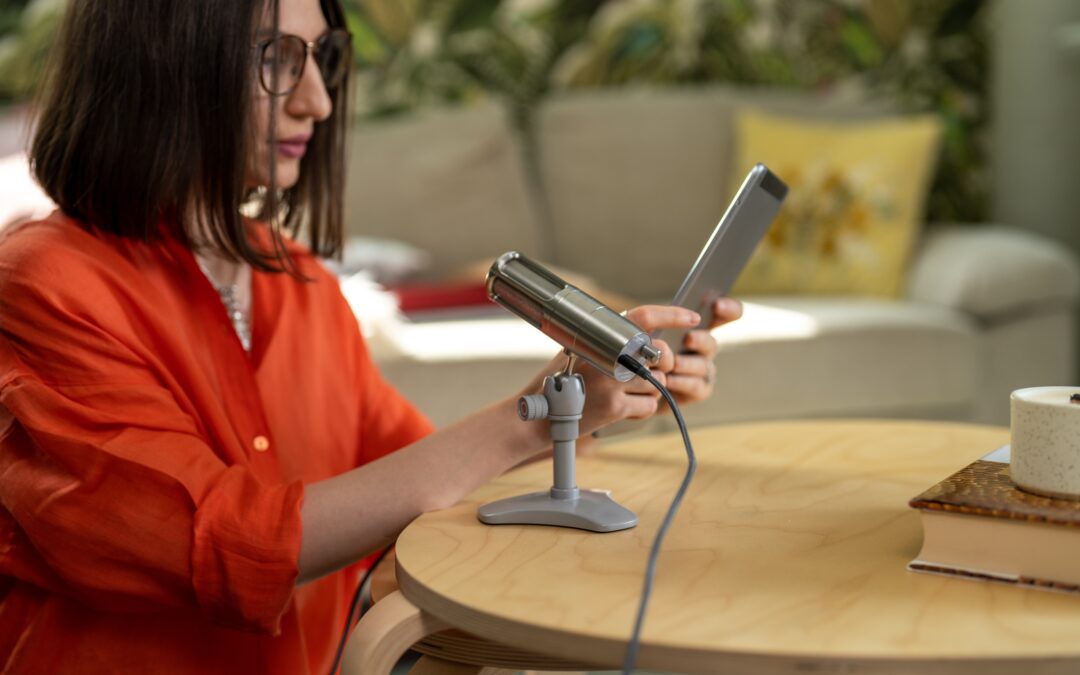Using a drunk voice in voiceover work can be a challenging task, as it requires a delicate balance of sounding realistically inebriated while still being understandable to the listener. Here are some tips on how to create a convincing drunk voice over effect in 2023:
- Focus on the speech patterns: A drunk person’s speech is often slurred and slower than normal, with a tendency to repeat themselves or lose their train of thought. To achieve this effect, try speaking with a slightly slower pace than usual and focus on exaggerating the slurring of certain words.
- Add vocal fry: Vocal fry is the low, creaky sound that occurs when a person’s vocal cords vibrate irregularly. When speaking drunk, people often use vocal fry to convey a sense of sluggishness. To achieve this effect, try dropping the pitch of your voice and using a lower, raspier tone.
- Use breathiness: Drunk people often have trouble controlling their breath, resulting in a breathy, whispery sound. To achieve this effect, try speaking in a slightly hushed tone and exaggerating the sound of your breath as you talk.
- Incorporate stumbling and slurring: When drunk, people often stumble over their words or slur them together. To achieve this effect, intentionally stumble over certain words and phrases or mumble them together.
- Practice, practice, practice: As with any voiceover effect, the key to success is practice. Listen to recordings of drunk people speaking, and practice replicating their speech patterns and mannerisms until you can create a convincing drunk voice.
Remember, the goal of using a drunk voice in voiceover work is to convey a sense of inebriation without sacrificing clarity or understandability. By following these tips and practicing consistently, you can achieve a realistic and effective drunk voiceover effect in 2023.

